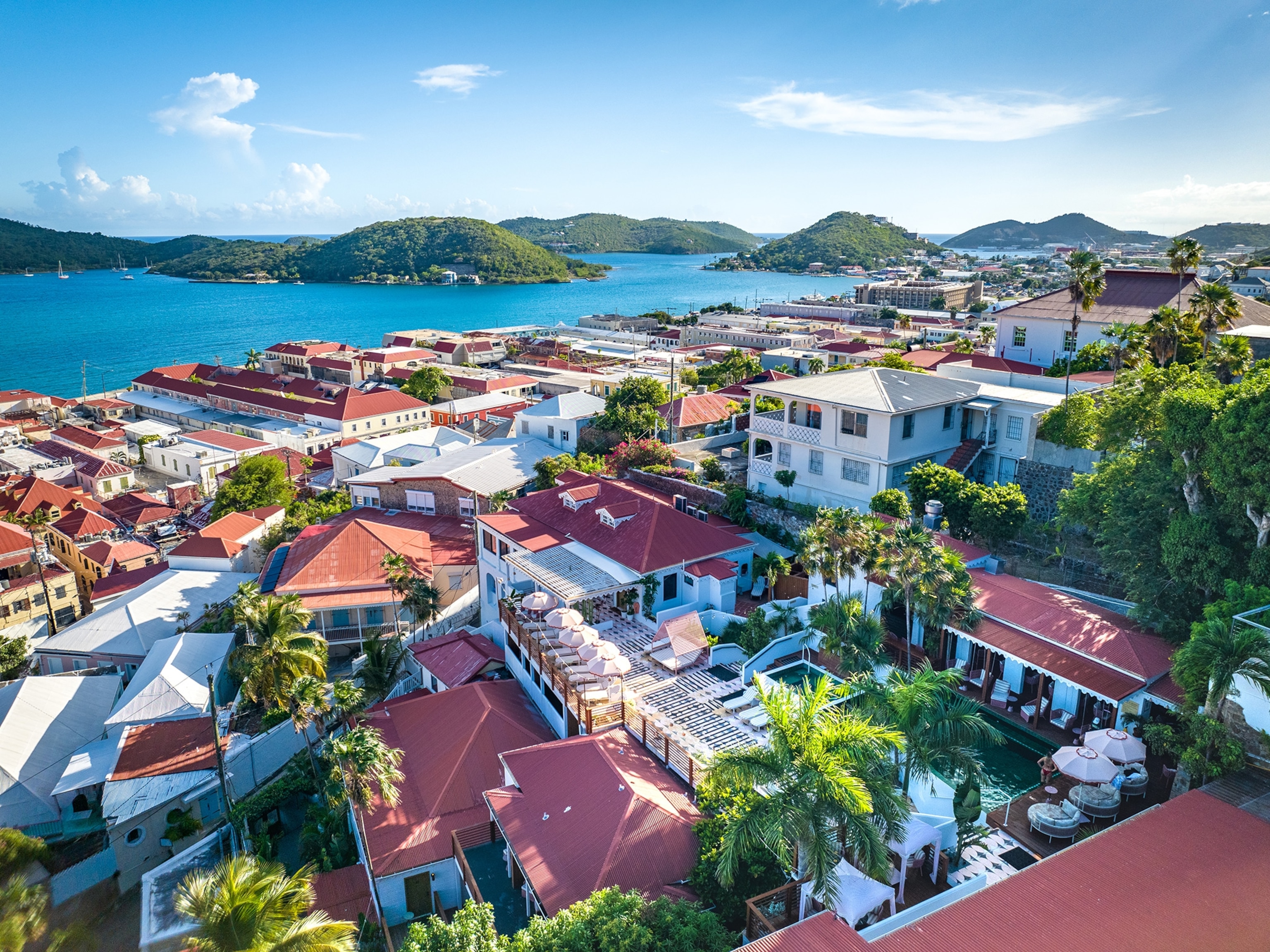
The Lure of the Grand Hotel
A nostalgia for travel during the Gilded Age, that time of new wealth and grand hotels, is enjoying a moment with the popularity of Downton Abbey and its upcoming New York equivalent, The Gilded Age (by Downton creator Julian Fellowes). During the four decades from 1870 to World War I, the well-heeled traveled the world in search of culture, social status, romance—and, in some cases, an escape from scandal. To meet their needs, regal new hotels rose, equaling if not surpassing the comforts found at home, initiating the dawn of a golden age of travel.
Thanks to preservation efforts at many hotels from that era, you can again approximate travel as it was. Some things have changed—arduous transatlantic ship crossings have been replaced by transatlantic flights—but vintage hotels, the ultimate trophy wives, have returned to the tops of lists.
The epicenter of Gilded Age hotel competition was New York City, with the Astors in particular feuding to outdo each other. Today’s choices for gilded Manhattan hospitality include the Astor-built Waldorf Astoria, Knickerbocker, and St. Regis hotels, and the coeval Plaza, Algonquin, and Peninsula (formerly Gotham) hotels.

London saw its hotel surge during the Edwardian decade (1901-1910), when King Edward VII made staying at public (gasp) hotels acceptable. His favorites (and mine) include the Savoy, the St. Pancras Renaissance, the Ritz, and Claridges.
Paris was a required stop for any Grand Tour of the continent. The Louvre may have been the stated reason, but the hotels, fashion houses, and social scene were the real draws. Many hotels were built to house visitors to the 1889 Paris Exposition and the successive Exposition Universelle of 1900, events credited with sparking the Belle Époque. Anyone wanting to recapture those days of carefree Parisian splendor should consider the Ritz Paris (the original Ritz), the updated Hotel Edouard 7—a Paris base for King Edward VII—and the Hôtel de Crillon, a favorite of such Gilded Age notables as Theodore Roosevelt, Edith Wharton, and Andrew Carnegie.
Mark Twain’s disdain for the pageantry of the period may have labeled the Gilded Age. But with their endurance, these original “ladies” have the last word.
This piece by Jean Newman Glock was adapted from the October 2015 issue of National Geographic Traveler. Follow Jean on Twitter @jeannewmanglock.
Related Topics
You May Also Like
Go Further
Animals
- This ‘saber-toothed’ salmon wasn’t quite what we thoughtThis ‘saber-toothed’ salmon wasn’t quite what we thought
- Why this rhino-zebra friendship makes perfect senseWhy this rhino-zebra friendship makes perfect sense
- When did bioluminescence evolve? It’s older than we thought.When did bioluminescence evolve? It’s older than we thought.
- Soy, skim … spider. Are any of these technically milk?Soy, skim … spider. Are any of these technically milk?
- This pristine piece of the Amazon shows nature’s resilienceThis pristine piece of the Amazon shows nature’s resilience
Environment
- This pristine piece of the Amazon shows nature’s resilienceThis pristine piece of the Amazon shows nature’s resilience
- Listen to 30 years of climate change transformed into haunting musicListen to 30 years of climate change transformed into haunting music
- This ancient society tried to stop El Niño—with child sacrificeThis ancient society tried to stop El Niño—with child sacrifice
- U.S. plans to clean its drinking water. What does that mean?U.S. plans to clean its drinking water. What does that mean?
History & Culture
- Meet the original members of the tortured poets departmentMeet the original members of the tortured poets department
- Séances at the White House? Why these first ladies turned to the occultSéances at the White House? Why these first ladies turned to the occult
- Gambling is everywhere now. When is that a problem?Gambling is everywhere now. When is that a problem?
- Beauty is pain—at least it was in 17th-century SpainBeauty is pain—at least it was in 17th-century Spain
Science
- Here's how astronomers found one of the rarest phenomenons in spaceHere's how astronomers found one of the rarest phenomenons in space
- Not an extrovert or introvert? There’s a word for that.Not an extrovert or introvert? There’s a word for that.
- NASA has a plan to clean up space junk—but is going green enough?NASA has a plan to clean up space junk—but is going green enough?
- Soy, skim … spider. Are any of these technically milk?Soy, skim … spider. Are any of these technically milk?
Travel
- Could Mexico's Chepe Express be the ultimate slow rail adventure?Could Mexico's Chepe Express be the ultimate slow rail adventure?
- What it's like to hike the Camino del Mayab in MexicoWhat it's like to hike the Camino del Mayab in Mexico




